What is Acrodysostosis?
Acrodysostosis is a rare genetic disorder that primarily affects bone and skeletal development. It is characterized by abnormal bone formation in the hands, feet, and facial bones. Individuals with acrodysostosis often have short fingers and toes, as well as distinctive facial features such as a flattened nasal bridge and a small upturned nose.
Other common features of acrodysostosis may include intellectual disability, hearing loss, and skin abnormalities. The severity of symptoms can vary among affected individuals, even within the same family.
Because acrodysostosis is a rare condition, individuals with this disorder may benefit from the expertise of medical professionals familiar with rare genetic disorders. Genetic counseling can also be valuable for affected individuals and their families to understand the inheritance pattern and the likelihood of recurrence in future generations.
Symptoms of Acrodysostosis
Acrodysostosis is characterized by a range of symptoms that primarily affect bone and skeletal development, as well as other systems in the body. The severity and combination of symptoms can vary among individuals. Common features of acrodysostosis include:
- Short Stature: Individuals with acrodysostosis often have short stature, which is evident in both the trunk and limbs.
- Hand and Foot Abnormalities: Shortening and rounding of the fingers and toes are common. This can result in a distinctive appearance, with the hands and feet appearing stubby. The fingers may also have limited mobility.
- Facial Features: Facial characteristics may include a flattened nasal bridge, a small upturned nose, and a prominent forehead. Some individuals may also have widely spaced eyes (hypertelorism) and prominent eyes.
- Intellectual Disability: Many individuals with acrodysostosis may experience varying degrees of intellectual disability. Learning disabilities and developmental delays may also be present.
- Hearing Loss: Sensorineural hearing loss can occur in individuals with acrodysostosis, and it may be a progressive condition.
- Skin Abnormalities: Skin abnormalities such as patches of thickened or darkened skin may be present in some individuals.
- Dental Issues: Dental abnormalities, including crowded or misaligned teeth, may be observed.
It’s important to note that the specific combination and severity of symptoms can vary, and not all individuals with acrodysostosis will exhibit every characteristic feature.
Causes of Acrodysostosis
Acrodysostosis is primarily caused by genetic mutations that affect specific genes involved in bone and tissue development. Two genes have been identified as associated with acrodysostosis:
- PRKAR1A Gene: Mutations in the PRKAR1A gene are associated with a form of acrodysostosis. The PRKAR1A gene provides instructions for making a protein that plays a role in cellular signaling. This protein is part of a signaling pathway that regulates the activity of certain genes and is involved in the development of various tissues, including bones.
- PDE4D Gene: Mutations in the PDE4D gene have also been linked to acrodysostosis. The PDE4D gene provides instructions for making an enzyme that is involved in the regulation of cellular signaling. Like PRKAR1A, mutations in PDE4D can disrupt normal cellular processes, affecting bone and tissue development.
These genetic mutations disrupt signaling pathways that are crucial for normal growth and development. The specific mechanisms through which these mutations result in the characteristic features of acrodysostosis are not fully understood. Still, they are believed to interfere with the proper functioning of cells during skeletal and tissue development.
It’s important to note that genetic testing can be used to confirm a diagnosis of acrodysostosis by identifying mutations in the relevant genes. Genetic counseling is often recommended for individuals and families affected by acrodysostosis to understand the inheritance pattern, and potential recurrence risks, and to provide support and guidance.
Also read: Babesiosis: Causes, Symptoms, Diagnosis & Treatment
Diagnosis of Acrodysostosis
The diagnosis of acrodysostosis involves a combination of clinical evaluation, medical history assessment, and genetic testing. Here are the key steps in the diagnostic process:
- Clinical Evaluation:
- A healthcare professional, often a geneticist or pediatrician, will conduct a thorough physical examination to assess the presence of characteristic features such as short stature, hand and foot abnormalities, and facial features.
- Evaluation of developmental milestones, intellectual abilities, and any associated health issues will be considered.
- Medical History:
- A detailed medical history will be obtained, including information about family history and the presence of similar features in relatives.
- Information about developmental milestones, growth patterns, and any other relevant symptoms will be gathered.
- Genetic Testing:
- Genetic testing is a crucial component of the diagnostic process for acrodysostosis. It involves analyzing the patient’s DNA to identify mutations in the genes associated with acrodysostosis, particularly the PRKAR1A and PDE4D genes.
- Genetic testing may include techniques such as DNA sequencing to identify specific mutations.
- Imaging Studies:
- X-rays and other imaging studies may be used to assess bone structure and development, helping to identify any abnormalities or characteristic features associated with acrodysostosis.
- Hormonal and Metabolic Testing:
- In some cases, hormonal and metabolic testing may be conducted to assess any associated endocrine abnormalities that can be part of the syndrome.
- Other Specialized Tests:
- Additional tests may be performed based on specific symptoms or concerns present in the individual. For example, hearing tests may be conducted if there are concerns about hearing loss.
It’s important to involve a multidisciplinary team of healthcare professionals, including genetic counselors, orthopedic specialists, and other relevant specialists, in the diagnosis and management of acrodysostosis. Early diagnosis is beneficial for implementing appropriate medical care and support for affected individuals.
Also read: Psoriasis: Symptoms, Causes, Types, Risk Factors, Diagnosis & Treatment
Complications of Acrodysostosis
Acrodysostosis can be associated with various complications, and the specific complications can vary among individuals. The severity and combination of symptoms depend on factors such as the underlying genetic mutation and individual differences. Here are some potential complications associated with acrodysostosis:
- Orthopedic Issues: Shortening and deformities of the bones in the hands and feet can lead to orthopedic complications. These may include joint problems, limited mobility, and an increased risk of fractures.
- Intellectual and Developmental Challenges: Many individuals with acrodysostosis experience intellectual disability and developmental delays. Learning disabilities may affect educational attainment and daily functioning.
- Hearing Impairment: Sensorineural hearing loss is a common feature of acrodysostosis and may require interventions such as hearing aids.
- Dental Abnormalities: Crowded or misaligned teeth and other dental issues can be present, necessitating dental care and orthodontic interventions.
- Respiratory Issues: In some cases, individuals with acrodysostosis may have respiratory issues, which may be related to facial and skull abnormalities.
- Endocrine Abnormalities: There may be associated endocrine abnormalities, such as hormonal imbalances, that can affect various physiological functions.
- Skin Abnormalities: Some individuals may have skin abnormalities, such as patches of thickened or darkened skin.
- Psychosocial Impact: Living with a rare genetic disorder can have psychosocial implications, including potential challenges related to self-esteem, social interactions, and mental health. Support from healthcare professionals and the community can be beneficial.
It’s important to note that not all individuals with acrodysostosis will experience the same complications, and the severity of symptoms can vary widely. Management and treatment are often tailored to address specific needs and complications on an individual basis.
Treatment of Acrodysostosis
The treatment of acrodysostosis is typically focused on managing the specific symptoms and complications associated with the disorder. Because acrodysostosis is a rare genetic condition, management is often individualized based on the needs and challenges faced by each affected individual. A multidisciplinary approach involving various medical specialists is commonly employed. Here are some aspects of the treatment and management of acrodysostosis:
- Orthopedic Care:
- Orthopedic specialists may be involved in managing the orthopedic complications associated with acrodysostosis, including bone deformities, joint problems, and the risk of fractures. Physical therapy and assistive devices may be recommended to enhance mobility.
- Educational and Developmental Support:
- Individuals with acrodysostosis, especially those with intellectual disabilities, may benefit from educational support services tailored to their specific needs. Early intervention programs and special education services can play a crucial role in supporting developmental milestones.
- Hearing Interventions:
- Given the prevalence of sensorineural hearing loss in acrodysostosis, individuals may require hearing aids or other interventions to address hearing impairment. Regular audiological assessments are important for monitoring hearing function.
- Dental Care:
- Dental abnormalities, such as crowded or misaligned teeth, may require dental care and orthodontic interventions.
- Treatment of Endocrine Abnormalities:
- Endocrine specialists may be involved in the management of hormonal imbalances or other endocrine abnormalities associated with acrodysostosis.
- Respiratory Support:
- In some cases, individuals with acrodysostosis may require respiratory support, especially if there are respiratory complications related to facial and skull abnormalities.
- Psychosocial Support:
- Psychosocial support, including counseling and support groups, can be valuable for individuals and families coping with the challenges of acrodysostosis. Addressing psychosocial well-being is an important aspect of overall care.
- Genetic Counseling:
- Genetic counseling is essential for individuals with acrodysostosis and their families. It provides information about the genetic basis of the condition, potential recurrence risks, and family planning options.
It’s important to note that there is no cure for acrodysostosis, and treatment is primarily focused on improving the quality of life and addressing specific challenges associated with the disorder. Regular medical monitoring is often recommended to identify and address complications as they arise. Close collaboration among healthcare professionals and ongoing communication with the affected individual and their family are crucial components of comprehensive care.
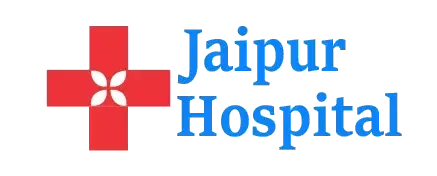
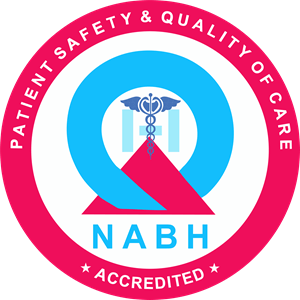
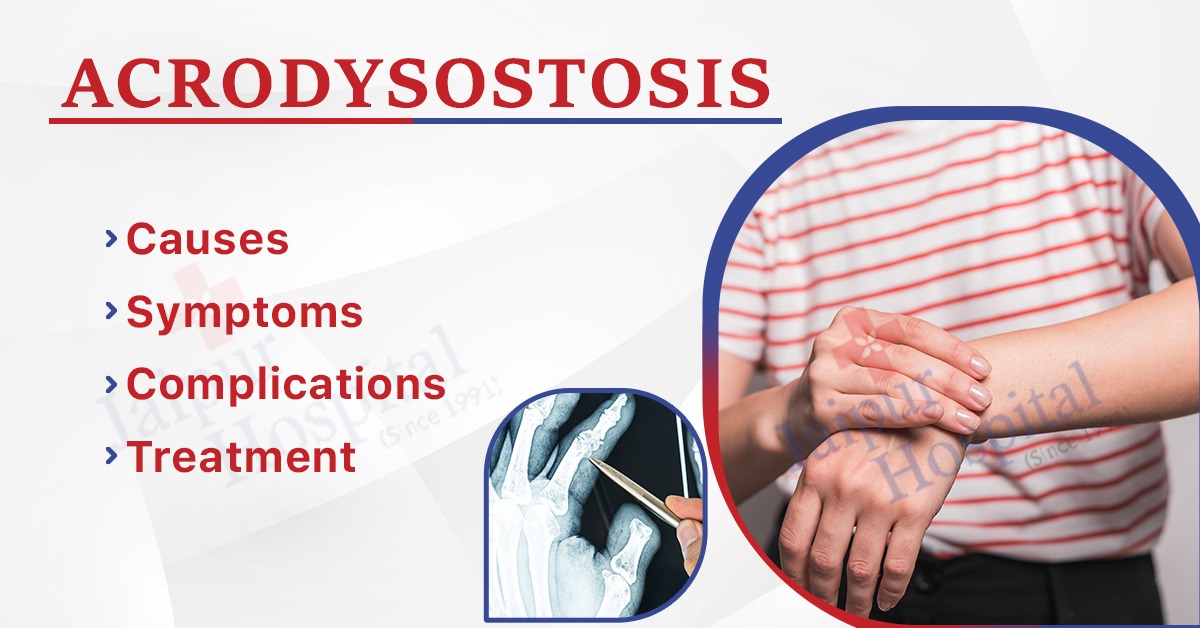


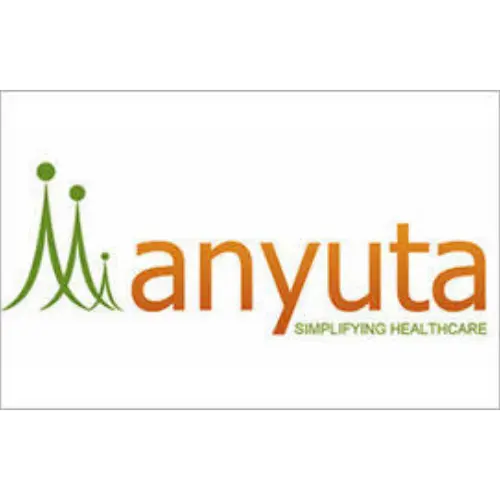

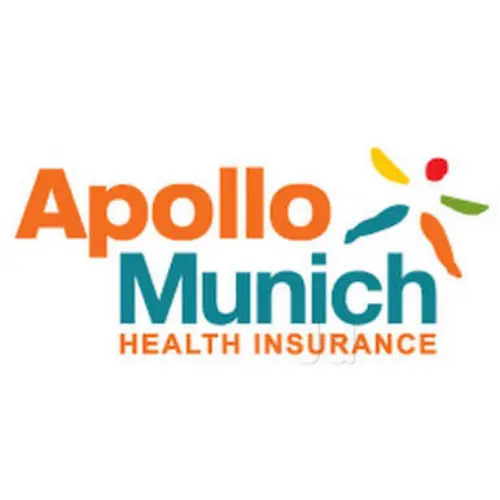


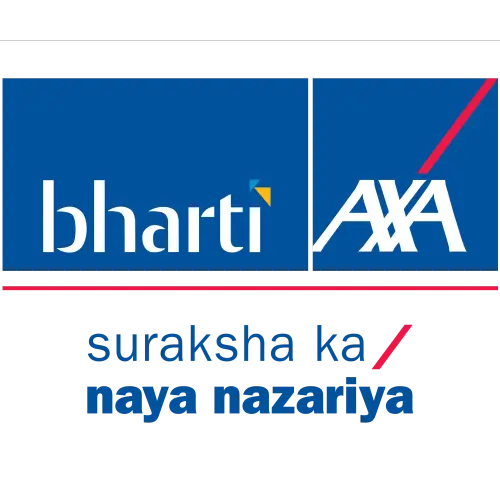
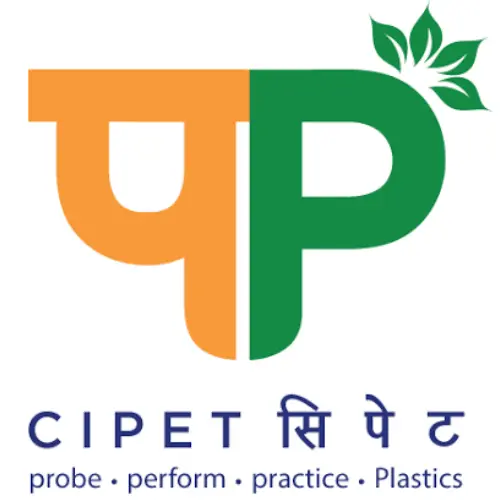
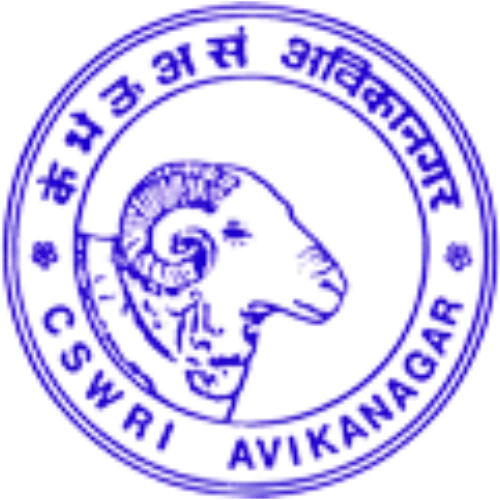
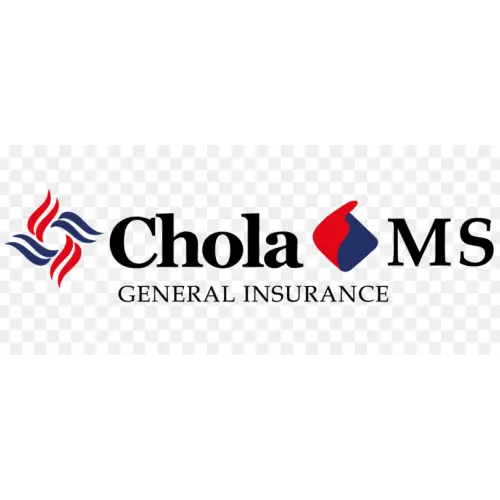


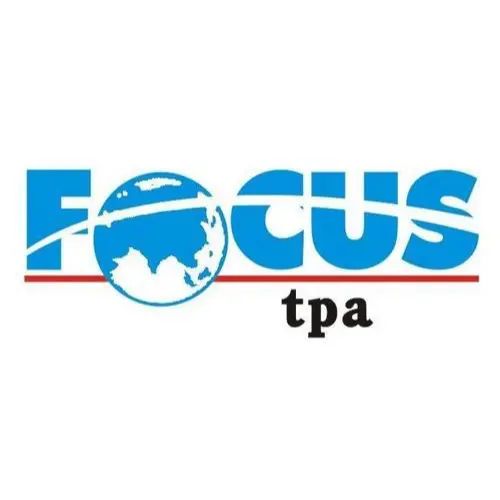

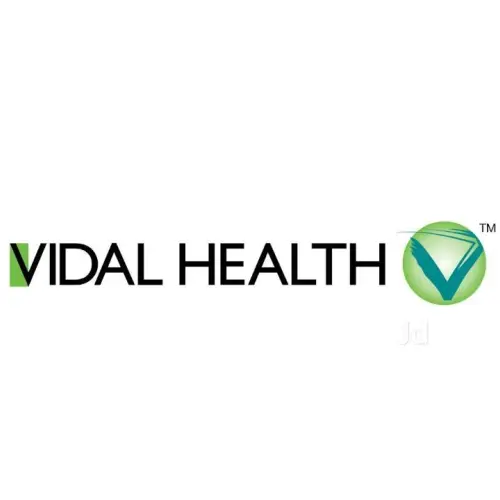

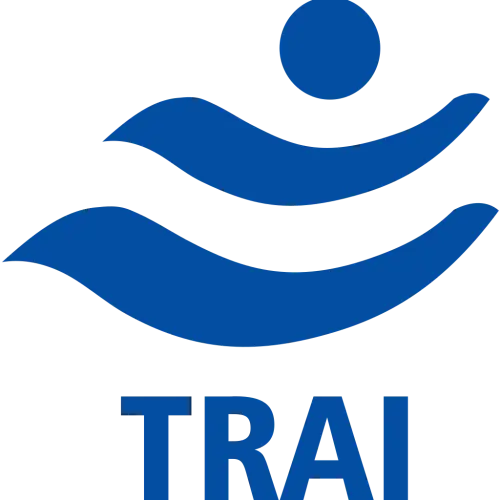
 Disclaimer: The information on the Web Site is provided for informational purposes only and is not meant to substitute the advice provided by our doctor or other health care professional. You should not use the information available on or through the Web Site for treating a health problem or disease or prescribing any medication. All images used on this website are for illustrative purposes only,
Disclaimer: The information on the Web Site is provided for informational purposes only and is not meant to substitute the advice provided by our doctor or other health care professional. You should not use the information available on or through the Web Site for treating a health problem or disease or prescribing any medication. All images used on this website are for illustrative purposes only,